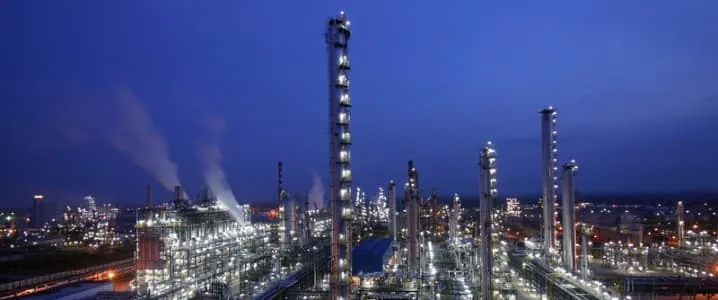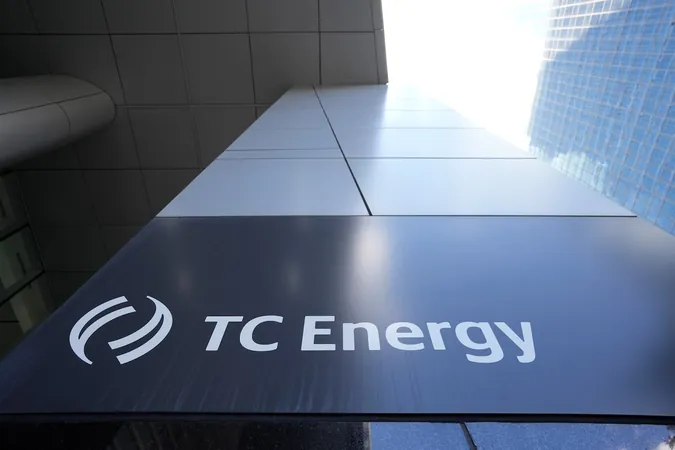
Is China's Oil Demand Crisis Here to Stay?
2024-09-24
China's Economic Challenges and Oil Demand
As global oil markets grapple with shifting dynamics, the ongoing economic challenges in China have cast a long shadow over crude oil demand expectations. The country’s persistent property crisis and slowing economic growth are suppressing global consumption, culminating in limited gains for crude prices.
Market Reactions and Speculation
Recent movements in the market reflect this unease. Despite a notable increase in oil prices last week, fueled by the U.S. Federal Reserve's reported interest rate cut, geopolitical tensions, and dwindling stocks at the crucial Cushing delivery hub, analysts warn that the underlying fears surrounding China's economy remain unresolved.
Brent Crude Prices
Brent Crude’s brief flirtation with levels below $70 per barrel prompted speculation among analysts. Ole Hansen, Head of Commodity Strategy at Saxo Bank, indicated that a sustained price dip below this threshold would likely require a more significant economic threat, such as a recession, to justify market adjustments.
Long-Term Outlook for China's Fuel Consumption
Looking ahead, analysts are predicting that the structural issues affecting China may linger for the foreseeable future. Notably, the country's fuel consumption has not rebounded as anticipated amid weak economic indicators, particularly impacting demand for diesel—a key fuel for transportation.
OPEC's Revised Forecast
The ramifications have reached OPEC, which has revised its oil demand growth forecast for 2024 downward to 2.03 million barrels per day (bpd), compared to an earlier estimate of 2.11 million bpd. This adjustment underlines the concerns surrounding China's tepid recovery and evolving energy landscape that includes rising electric vehicle adoption and an increase in liquefied natural gas (LNG) trucks.
IEA's Growth Estimates
The International Energy Agency (IEA) also reported a marked deceleration in global oil demand, slashing its growth estimate for 2024 to just 900,000 bpd—70,000 bpd lower than last month’s forecast. The IEA's findings indicate that global demand growth in the first half of 2024 witnessed the slowest pace since the pandemic, primarily driven by a ‘rapidly slowing China.’
China's Oil Demand in Decline
In fact, China's oil demand is estimated to increase by a meager 180,000 bpd this year, in stark contrast to a 9.6% growth average for 2023. The IEA specifically noted a contraction in Chinese oil consumption for July, marking the fourth consecutive month of decline, which significantly underscores the nation's economic challenges.
Emerging Economies as Demand Drivers
However, not all is bleak—other emerging economies in Asia, particularly India, appear poised to step into the breach as new drivers of global oil demand, offering a potential offset to China's sluggish performance.
Shift Towards Renewable Energy
As the world watches these developments, the shift toward renewable energy sources and electric vehicles resonates strongly within the oil industry itself. Prominent figures, including Russell Hardy, CEO of Vitol Group—one of the largest independent oil traders—have highlighted a pivotal shift in transportation fuel use as China transitions to a fleet increasingly dominated by electric vehicles.
Conclusion
In conclusion, the intricate balance of oil demand, particularly in relation to the shifting economic landscape in China, remains precarious. As alternative fuel technologies rise and global demand dynamics shift, the question looms: Is China's oil demand crisis a fleeting concern or is it the beginning of a long-term transformation in the energy sector?









 Brasil (PT)
Brasil (PT)
 Canada (EN)
Canada (EN)
 Chile (ES)
Chile (ES)
 España (ES)
España (ES)
 France (FR)
France (FR)
 Hong Kong (EN)
Hong Kong (EN)
 Italia (IT)
Italia (IT)
 日本 (JA)
日本 (JA)
 Magyarország (HU)
Magyarország (HU)
 Norge (NO)
Norge (NO)
 Polska (PL)
Polska (PL)
 Schweiz (DE)
Schweiz (DE)
 Singapore (EN)
Singapore (EN)
 Sverige (SV)
Sverige (SV)
 Suomi (FI)
Suomi (FI)
 Türkiye (TR)
Türkiye (TR)